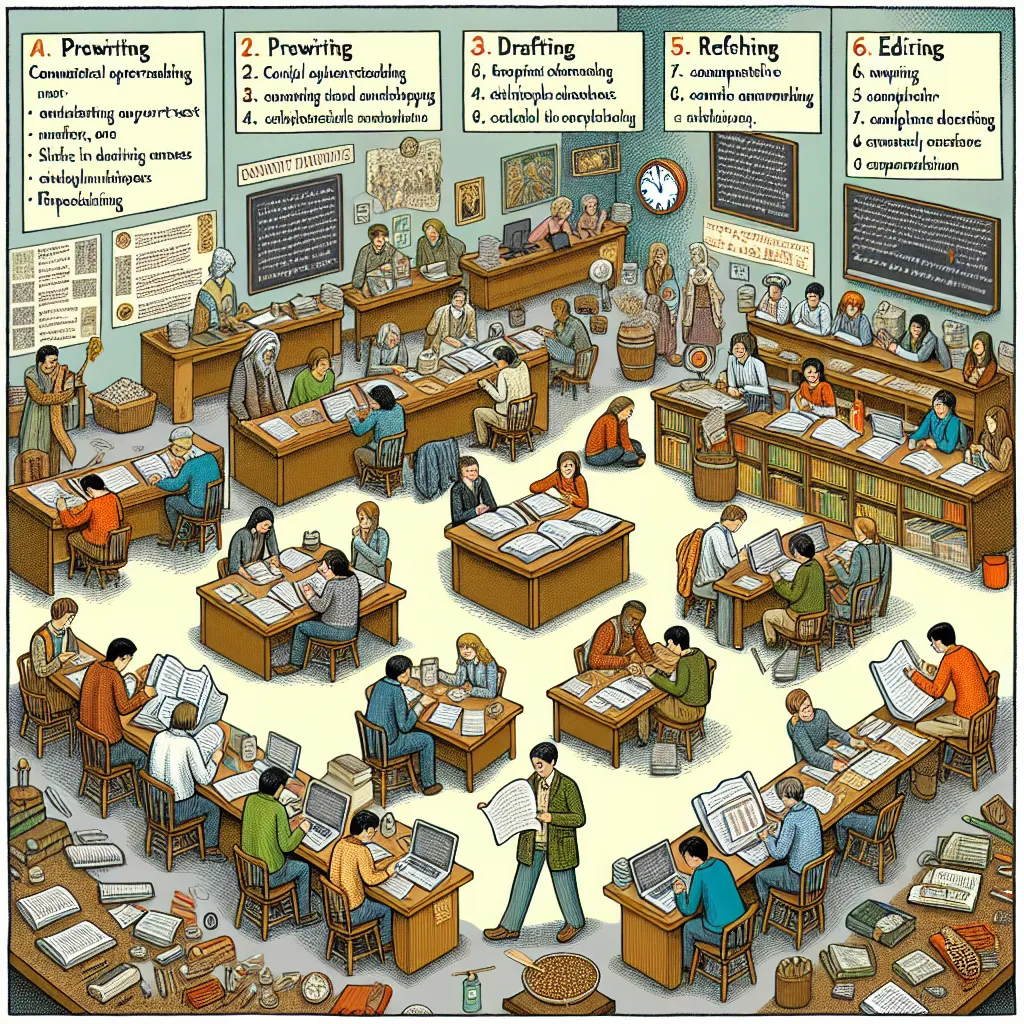Ask AI on The Internet
Question: QUESTION 3 Effective questioning and feedback are key features in any teaching situation. They are based on a dialogue between the teacher and learner. Describe the features of effective questioning and feedback by substantiating it with examples from your own experiences. DON’T COPY THE TEXTBOOK! YOU NEED TO MAKE USE OF YOUR OWN EXAMPLES. Suggested length: two to three pages [30]
**Introduction** Effective questioning and feedback are integral components of the teaching and learning process. They create a dynamic dialogue that engages students, encourages critical thinking, and promotes deeper understanding. Drawing from my own experiences, I will describe the features of effective questioning and feedback, supported by practical examples. **Features of Effective Questioning** 1. **Purposeful and Clear Questions:** Effective questions are designed with a clear purpose and are easy for students to understand. They guide students towards the learning objectives. *Example: When teaching a lesson on photosynthesis, instead of asking "What is photosynthesis?", I asked, "How do plants use sunlight to produce food?" This question was clear, direct, and targeted at understanding the process rather than the definition.* 2. **Open-Ended Questions:** These questions encourage students to think deeply and provide more elaborate responses. They are not limited to yes or no answers and often lead to richer discussions. *Example: In a history class, I asked, "What might have been the consequences if the American Revolution had not occurred?" This question stimulated a range of responses and led to an engaging discussion about alternate historical outcomes.* 3. **Wait Time:** Allowing students adequate time to think about their answers is crucial. Effective questioning involves giving students a few moments to formulate their thoughts before responding. *Example: When I asked students to solve a challenging math problem, I waited a full 10 seconds before calling on anyone to answer. This wait time resulted in more thoughtful and accurate responses than if I had rushed them.* 4. **Engaging All Students:** Effective questioning involves strategies to engage all students, not just the ones who are eager to participate. This may include random selection or ensuring every student has a turn. *Example: I used popsicle sticks with students' names on them to randomly select who would answer the next question. This method kept all students attentive and prepared to participate.* **Features of Effective Feedback** 1. **Timely Feedback:** Feedback should be given promptly while the learning experience is still fresh in the students' minds. Timely feedback helps students quickly correct mistakes and reinforce learning. *Example: After a writing assignment, I provided feedback within two days, highlighting both strengths and areas for improvement. Students were able to revise their work while their ideas were still current and relevant.* 2. **Specific and Constructive Feedback:** Feedback should be specific, addressing particular aspects of the student's performance, and constructive, offering clear suggestions for improvement. *Example: Instead of writing "Good job!" on a student's essay, I wrote, "Your thesis statement is strong, but try to provide more evidence to support your argument in the second paragraph. Consider using more examples from the text."* 3. **Balanced Feedback:** A combination of positive feedback and constructive criticism is essential to maintain student motivation and encourage improvement. *Example: During a science project presentation, I complimented a student for their clear explanation of the experiment and then suggested they could enhance their presentation by adding more visual aids to illustrate their points.* 4. **Encouraging Self-Reflection:** Effective feedback encourages students to reflect on their own learning and identify areas for self-improvement. *Example: After a group project, I asked each student to fill out a reflection form, which included questions about what they learned, what they found challenging, and how they could have approached the task differently. This practice promoted self-assessment and ongoing development.* **Conclusion** Effective questioning and feedback are fundamental to fostering a productive educational environment. Purposeful, clear, and open-ended questions engage students and stimulate critical thinking, while timely, specific, and balanced feedback supports continuous learning and improvement. By incorporating these strategies into teaching, educators can create a dynamic dialogue that enhances the learning experience. Drawing from my own teaching experiences, I have seen firsthand how these features contribute to a more engaged and successful classroom.
Think your answer is better than the AI's? Post it below.
Question Tags
If you want your question answered by an AI, click here.







Post your own comment: